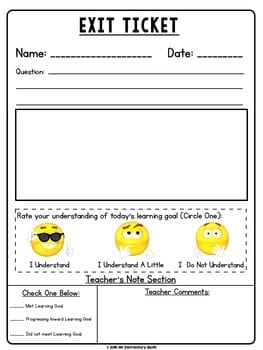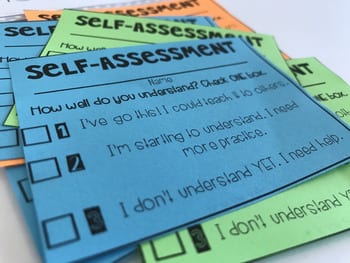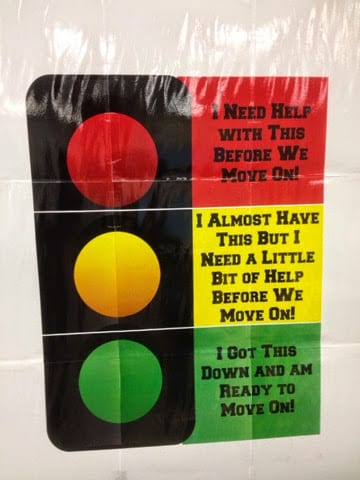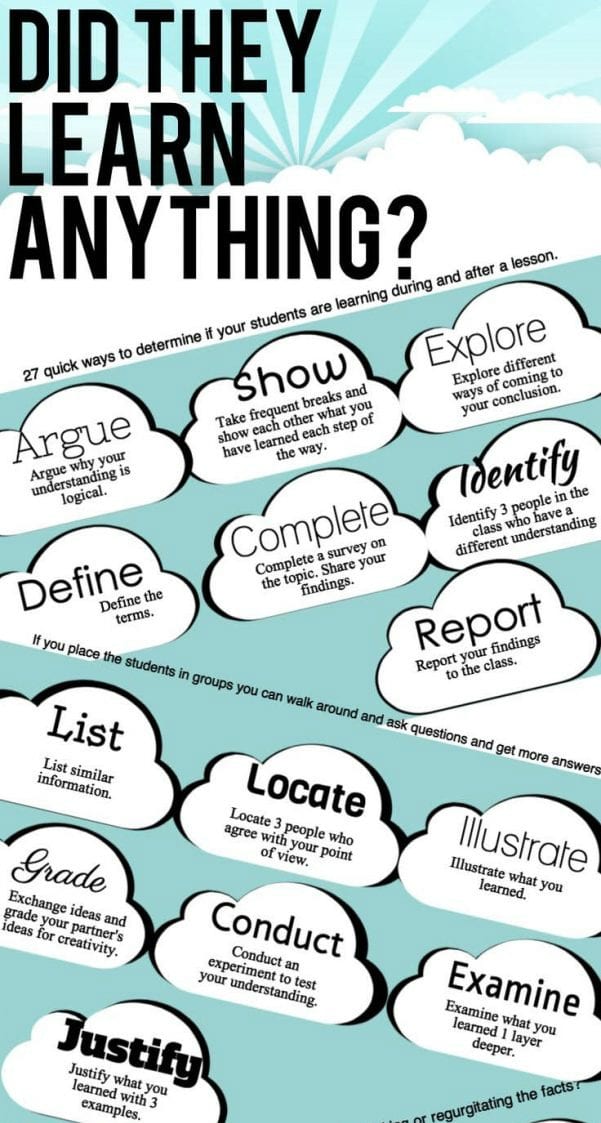There never seems to be enough time, right? Between our lesson plans, gathering materials, teaching, grading, classroom management, and scores of other tasks, we teachers are pretty much maxed out. Even if we find time to do everything that we’re supposed to, we feel like we’re not really doing them all that well. How can we maximize our time and classroom management? Here are some handy tips that might help you save time and accomplish more throughout your day.
Clear your laptop
If you clear your computer and organize your digital workstation, you could gain back time that would be otherwise squandered.
Delete documents you don’t need anymore, transfer important files to a cloud service, and make an organizational system that works for you.
Organize your desk
Piling things on your desk is a sure way to lose them.
Therefore, declutter and organize your physical space:
– Use shelves or labeled bins for everyday submissions.
– Use an inbox/outbox system for permission slips, notes from home, and other things that come to your desk.
– Each item on your desk should have its own place; make sure you put it there every time.
Manage papers efficiently
Are you overwhelmed with the piles of tests, memos, attendance forms, and letters? If so, it’s time to bring some order.
– Assign a file drawer for every subject you teach.
– Use colored files to classify papers by topics, like red for quizzes and tests and blue for lesson plans.
– If you haven’t used the paper in six months or more, recycle it.
Grade papers effortlessly
Grading student papers is one of the most tiring and tedious tasks for teachers. Pointing out each mistake on a student’s writing can be so time-consuming. Instead, focus on the errors that are directly related to the lesson. Then, create a document with frequently-used comments you can copy and paste. That way, you will automate the process and save time and energy.
Not every detail needs your excruciating attention. Instead, focus on one or two major aspects where you’d like to give feedback. This will increase your grading speed. Remember: Every single paper-and-pencil task a student completes does not have to be graded. Allow students to self-grade or peer-grade when appropriate.
Plan your lessons online
Planning your lesson is another activity that takes a lot of effort. However, it doesn’t have to be like that if you use lesson planning sites which are great time-saving tools.
Use CommonCurriculum or Planbook to create lessons easily and quickly. Not only can you organize lessons around Common Core standards, but you can also design custom schedules for every class and allow students and other teachers to view your plans online.
Use the 2-Minute Rule
When you need to tackle tasks that actually aren’t difficult to do, you tend to procrastinate and wait for the last minute to start. An efficient way to crush your procrastination is to apply the 2-Minute Rule.
The rule says that if a task requires less than two minutes to complete, then do it right away. Don’t wait to answer your email or file a document. Instead, embrace the 2-Minute Rule and boost your productivity.
Plan your day
To make the most of your time and use it wisely, it’s crucial to plan your day. Spend a few minutes after school each day jotting down what you’ll do tomorrow. Use an agenda with time slots to schedule every task at the appropriate time. That way, you will use your time more efficiently and get more things done. Without proper planning, you won’t be in control of your time so you’ll be at the mercy of other people’s schedules.
Eliminate all distractions
Nowadays there are many distractions, such as social media notifications, emails, text messages, or incoming calls that pull teachers away from their plans and waste precious time.
For that reason, limit your time on social networks or check your emails only twice a day. Also, put your smartphone on Airplane mode while working and avoid unpleasant interruptions. Everything can wait until you finish your job.
Automate some tasks
Sometimes you don’t need to work harder to be more efficient, just work smarter. This means you can automate some tasks and save some time.
For example, you probably send many emails to parents and students on a variety of matters. Instead of squandering your time writing the same email over and over again, create some templates you can quickly revise and compose emails in no time at all.
Go digital
Printing and copying class materials take a lot of your time. Besides, it requires time to store all the papers and find one when a student needs it.
That’s why you should consider going digital and using cloud services for storing your documents. That way, you will always have a ready copy that your students can download and more importantly you will save time and drawer space.
Create templates for materials you create regularly. For example: store on your computer a lesson plan template, then use "save as" to name the lesson plan.
Learn to delegate
Learning to delegate is a crucial skill that every teacher should learn. Use tools that can give you a hand and work more productively.
You don’t have to do everything yourself. Don’t shy away from using aides, paras, or even asking parents or students to lighten your load. There are always some simple tasks that they can assist you with and many are more than happy to do so. As a result, you’ll avoid burnout and feel more energized
Take advantage of your mornings.
Your mind is the freshest in the mornings before school begins. Take the extra time to organize your tasks and materials and time to think through your day. It’ll streamline your productivity.
Learn to say no.
Administrators, teachers, parents, and students all make requests of us. But believe it or not, the world will still function if we have to turn down a few. Focus on your priorities, and feel the freedom to dismiss the rest.
We have a seemingly interminable list of to-dos hanging over our heads throughout the school year. If we can take steps to whittle down that list and control how we use our time, then we might have some breathing room to realize that we are doing a great job. Consider applying some of these tried-and-true teacher time-saving tips as you hit the ground running this school year!



